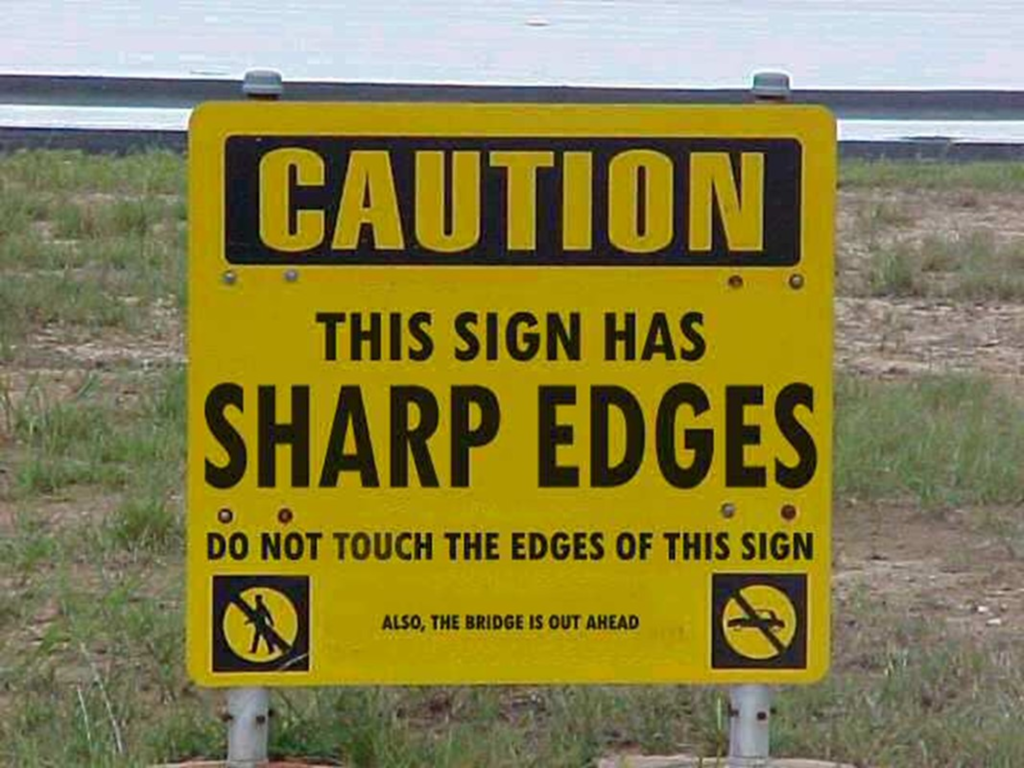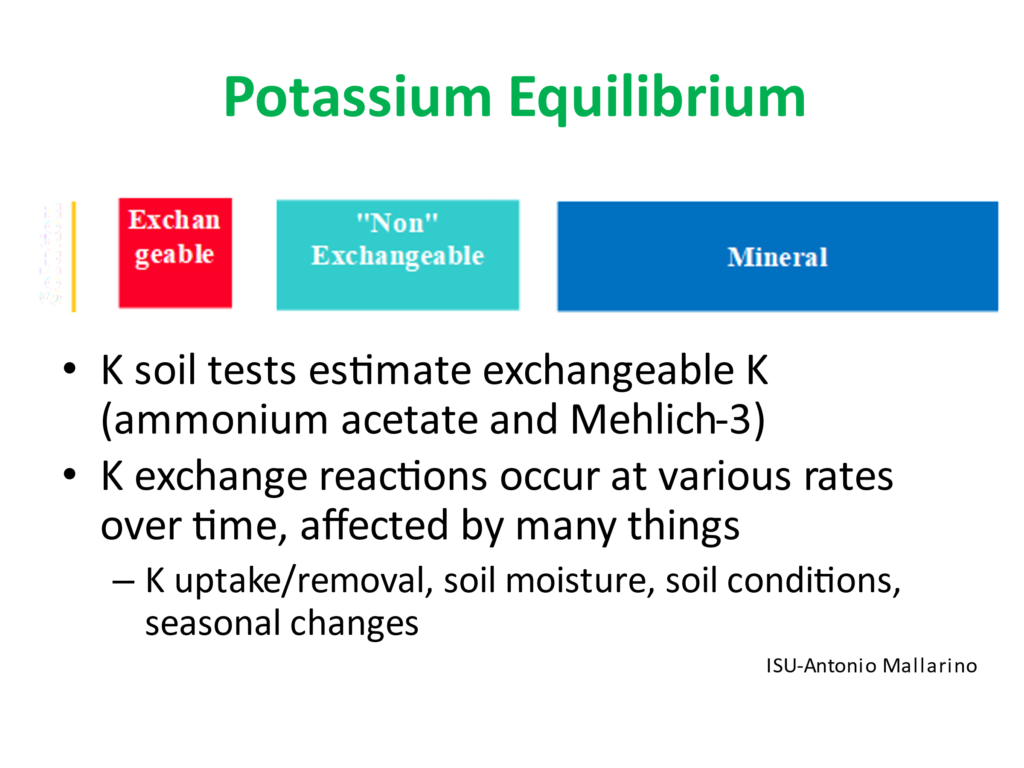Precision Agriculture: Sampling Extremely Dry Conditions
Have you ever had surprises when you meet with a grower to review their most recent soil test results, and it is completely different than you both expected? (Note the last line on the sign!) How prepared you are to explain the reasons will make all the difference to the valuable customer sitting across from you. And yes, unexpected results are explainable!
Step 1. Review all the soil test results before meeting with your customer, and have a copy of the lab report with you. There can be differences that you can explain if you are ready. Doing nothing to prepare can force you to spend time defending the recs you have created and the lab results you can’t explain.
Step 2. What were the soil conditions during the sampling season? It is critical that you know these and what analytes can change with soil & weather conditions and still provide valuable management information. If you don’t know check with your SoilView Area Managers, they track soil conditions during each sampling season.

Conditions that affect sample results:
Hard Soils – SoilView Area Managers & crews will not sample soils where 10-12 quality cores can not be pulled. In normal good conditions this may require a SoilView sampler to take 15-16 cores, throwing out any that are not perfect until they end up with enough for a proper, quality sample. SoilView only accepts complete cores taken at the exact required depth for a sample you can have confidence in.
Extremely dry conditions – In many cases extremely dry conditions and dry soils still sample well but some analytes don’t measure well! This is not a problem if you explain it to the grower, as the results information is still very valuable. Let’s review two of the major changes in soil test values dry weather can have: pH & potassium.
pH: Soil pH’s can vary from sample cycle to sample cycle because of dry soil conditions. This is normally not a problem but in a year like 2022 in drought areas you could easily see soil pH variations of .1 – .3 + PPM. It is the soil pH that a grower most often notices but the buffer pH is the most important, as this is what a soil pH adjustment is based on. The buffer pH is not influenced by weather or moisture conditions in the soil, and should not change much if at all. Rely on BpH values, and be able to explain it.
Potassium: K levels continue to drop across the U S. Increasing high yields and changes in crop rotations, wheat to corn & soybeans, are depleting soil available K levels. In addition, many fertility programs do not take into account the huge draw on soil available K during the critical seed production time period. Supplying only crop K removal is never enough.
Add extremely dry soil conditions and dry harvest conditions and you are likely to see huge changes in soil test K levels. This chart from ISU is a must to carry with you to explain soil test K and why high K levels are a must to maximize yields. Think Exchangeable K. Normally during and soon after fall harvest our fields receive rain. Crop residue holds a very high level of exchangeable K that will not be measured by a soil test if the field doesn’t receive rain (often ½ to 1 inch is sufficient to wash potassium from the crop residue back onto the soils). If you are prepared to explain this information to your growers, they will be more comfortable with the soil test results and your recommendations.

Soil test K variations: We have all had to try and explain to growers the changes in soil test K values! It is often not a fun conversation if we aren’t ready. For example, hearing “this test from 4 years ago had K levels at 180, this year’s grid test average is only 130!” can catch you off guard if you aren’t ready. Much of this can be explained by how soil tests can only measure “exchangeable K”, add dry weather and a dry fall sampling season and we could see lower K soil test levels in your lab reports so be ready. On higher testing K soils, 240-300 ppm, we see the fluctuations in K test being much less – another reason to build your soil test K levels.
One worthwhile note to consider: Early In Crop sampling eliminates many of these fall nutrient result issues! Contact your SoilView Area Manager for more information.